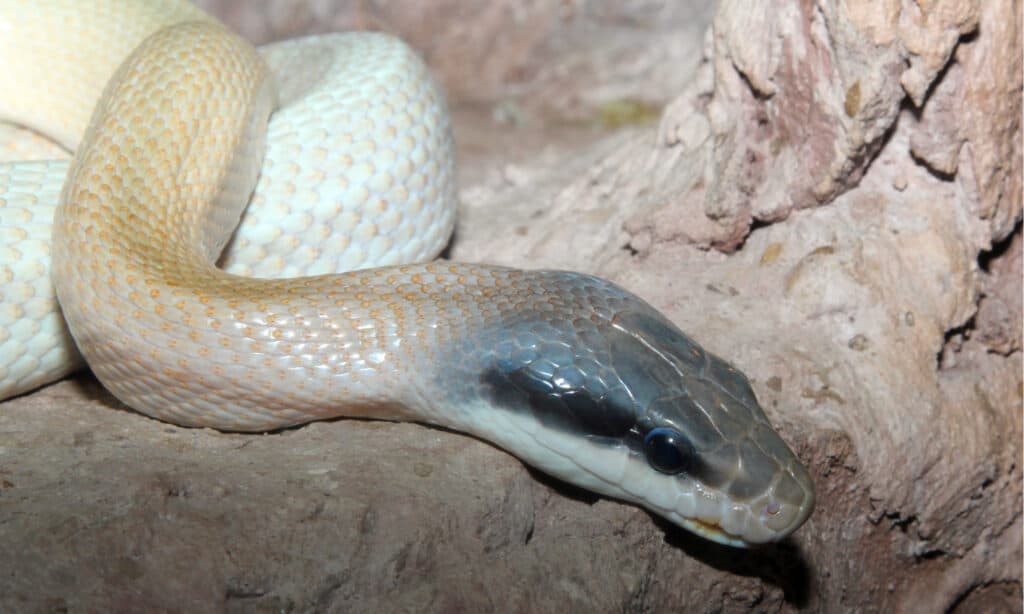Introduction
Tiger serpents (Notechis scutatus) are amongst one of the most remarkable yet feared reptiles located in Australia. With their striking look and potent venom, these snakes stimulate a blend of admiration and care. Observing tiger snakes in their natural surroundings can be an exhilarating experience for nature lovers, wild animals professional photographers, and scientists alike. Nonetheless, it's essential to approach this undertaking with respect for the pet's habitat and an understanding of precaution to stop serpent bites.
In this comprehensive overview, we'll explore how to securely observe tiger serpents in their all-natural environment. We will cover subjects varying from recognizing their actions and habitats to emergency treatment for serpent attacks-- outfitting you with expertise to boost your experience while reducing threats.

What is a Tiger Snake?
Tiger snakes are highly poisonous serpents native to Australia, especially Tasmania and coastal areas. They are understood for their unique grouped coloration resembling a tiger's red stripes, which can vary from yellowish-brown to dark brown or perhaps black.
Physical Characteristics
Tiger serpents are medium to large-sized snakes that can grow up to 2 meters long. Their bodies are durable, and they have a wide head that is distinctly wider than their necks.
Habitat Preferences of Tiger Snakes
These reptiles commonly inhabit wetlands, estuaries, and coastal regions but can also be discovered near freshwater sources like rivers and lakes. Understanding where these snakes live is critical for any individual wanting to observe them safely.
Understanding Tiger Snake Behavior
Are Tiger Snakes Venomous?
Yes, tiger snakes are amongst the most venomous serpent species internationally. Their venom includes neurotoxins that can bring about major medical issues if bitten.
Behavioral Traits
Tiger serpents are generally shy creatures; they prefer to avoid human communication. Nonetheless, they can become hostile if threatened or collared.
Where Can You Locate Tiger Snakes?
Tiger Serpent Environment Exploration
To securely observe tiger serpents in their natural habitat, it's vital initially to recognize where they prosper. They tend to prefer:
- Coastal marshlands Mangroves Swamps Riverbanks
Best Areas for Observation
Some suggested areas consist of:
- Tasmanian wetlands The shorelines of southern Australia National parks with water bodies
Safety Preventative measures Prior to Observing Tiger Snakes
Understanding the Dangers of a Tiger Snake Bite
Although encounters with tiger snakes can be exhilarating, being aware of the dangers included is critical:
Recognize signs and symptoms of a serpent bite: swelling at the website, pain emitting from the bite area. Know emergency contacts: Acquaint on your own with regional emergency situation services. Carry a first-aid package specifically outfitted for serpent bites.First Help for Snake Bites: What You Need to Know
Knowing what actions to take if bitten could save your life or somebody else's:

- Stay calmness; movement raises poison spread. Call for medical aid immediately. Do not apply ice or effort suctioning.
How to Securely Observe Tiger Snakes in Their All-natural Habitat
When you determine to observe tiger serpents in the wild:

Equipment Needed for Observation
Essential Gear Checklist
- Binoculars First-aid package especially created for snake bites Field manual on Australian reptiles Camera (with zoom capability)
Snake Bite First Aid Package Essentials
A well-equipped emergency treatment kit ought to include:|Thing|Function|| -------------------------------|-------------------------------|| Compression bandage|To immobilize the damaged area|| Antihistamines|For allergic reactions|| Emergency get in touch with numbers|Quick accessibility during emergencies|
Interpreting Tiger Serpent Signals
Understanding how tiger snakes interact via body language helps observers determine when it's secure or harmful:
Common Behaviors
Defensive pose: If coiled or increased off the ground. Retreating behavior: When they slowly retreat from potential threats.Dealing With Potential Encounters
Even with precautions taken, an experience might still take place throughout your observation journey:
Remain tranquility; panicking only increases risks. Slowly retreat without transforming your back on the snake. Make your existence known vocally but avoid sudden movements.Frequently Asked Inquiries About Tiger Snakes
1. What need to I do if I see a tiger snake?
Remain calm; observe from a range without troubling it.
2. Are infant tiger snakes dangerous?
Yes, adolescent tiger serpents are birthed poisonous and best snake bite first aid kit may position threats comparable to first aid snake bite kit adults despite being smaller.
3. How common are tiger snake bites?
While incidents happen each year in Australia, fatalities are unusual due to timely treatment availability.
4. Can I keep a tiger serpent as a pet?
Keeping wild tiger serpents as pets is prohibited in many regions because of preservation laws.
5. What does a tiger snake bite look like?
Bite marks typically reveal 2 puncture wounds in addition to local swelling and discoloration.
6. Exactly how efficient is antivenom?
Antivenom treatment is extremely effective when carried out timely after a bite.
Conclusion
Observing tiger serpents in their natural habitat provides an electrifying chance for wildlife fans but have to be come close to with care and regard for both the creature and its setting. By arming on your own with expertise concerning these fascinating reptiles-- consisting of recognizing their actions and safety measures-- you Emergency Response can delight in memorable experiences while dramatically minimizing threats related to encounters.
In recap, always prioritize safety and security by preparing properly prior to embarking on any kind of wild animals monitoring expedition-- particularly when taking care of a few of nature's most poisonous animals like the tiger snake!